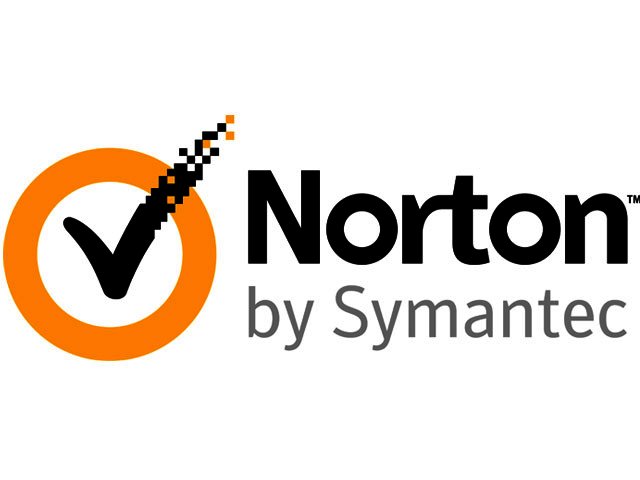PREVIOUS ARTICLENEXT ARTICLE
NEWS

Shocking 2012 Norton Cybercrime report released
By Ryan Noik 25 October 2012 | Categories: news
The latest 2012 Norton Cybercrime report, which is one of the largest cybercrime studies in the world, has been released, exposing some dramatic, and disturbing findings.
Amongst these is that every second, eighteen adults become a victim of cybercrime, which results in more than one-and-a-half million cybercrime victims each day globally.
According to the report, losses total an average of $197 per victim across the world and R1 550 per victim in South Africa in direct financial costs, which means that cybercrime costs consumers more than a week’s worth of basic necessities for a family of four.
The report, which is aimed at understanding how cybercrime affects consumers and is based on self-reported experiences of more than 13 000 adults across 24 countries, also calculated the direct costs of global consumer cybercrime for a year.
While this amounted to a staggering $110 billion Stateside, the financial impact in South Africa was revealed at being a considerable R3.7 billion.
No less significant was the finding that an estimated 556 million adults across the world (with 2.39 million in South Africa) experienced cybercrime, more than the entire population of the European Union. According to Symantec, this figure represents 46% of online adults globally, or 64% in South Africa, who have been victims of cybercrime in the past twelve months.
Cybercrime gets social
The report further highlighted an increase in “new” forms of cybercrime compared to last year, such as those found on social networks or mobile devices, which Symantec explained is a sign that cybercriminals are starting to focus their efforts on these increasingly popular platforms.
One in five online adults (21%) globally and almost one in three (28%) in South Africa have been a victim of either social or mobile cybercrime, and 39% (48% in South Africa) of social network users have been victims of social cybercrime.
The report more specifically found that 15% of social network users in South Africa reported someone had hacked into their profile and pretended to be them, while almost one in five social network users in South Africa said they’d fallen victim to a scam or fake link on social network platforms.
Strangely enough though, while Symantec reported that 75% of respondents believe that cybercriminals are setting their sights on social networks, less than half (44%) actually use a security solution which protects them from social network threats. Additionally, only 49% were found to use their privacy settings to control what information they share, and with whom, on social networks.
Mobile vulnerability on the rise
Social media wasn’t the only attractive destination for cybercriminals; mobile continued emerging as a prime target. According to the report nearly one-third (31%) of mobile users globally and almost half (47%) in South Africa received a text message from someone they didn’t know requesting that they click on an embedded link or dial an unknown number to retrieve a suspicious ‘voicemail’.
“Cybercriminals are changing their tactics to target fast growing mobile platforms and social networks where consumers are less aware of security risks,” says Marian Merritt, Norton Internet Safety Advocate. “This mirrors what we saw in this year’s Symantec Internet Security Threat Report which reported nearly twice the mobile vulnerabilities in 2011 from the year before.”
Perils of remaining unaware
In addition, this year’s report further indicated that many online adults are unaware as to how some of the most common forms of cybercrime have evolved over the years and thus have a difficult time recognising how malware, such as viruses, act on their computer.
Symantec warned that 40% (43% in South Africa) of adults do not know that malware can operate in a discreet fashion, making it hard to know if a computer has been compromised, and more than half (55%) were found to be uncertain that their computer was currently clean and free of viruses.
“Malware and viruses used to wreak obvious havoc on your computer,” continued Merritt. “You’d get a blue screen, or your computer would crash, alerting you to an infection. But cybercriminals’ methods have evolved; they want to avoid detection as long as possible. This year’s results show that nearly half of internet users believe that unless their computer crashes or malfunctions, they’re not 100% sure they’ve fallen victim to such an attack.”
To the point
Admittedly, none of what Symantec had to reveal in the latest cybercrime report is particularly heartening. The fact remains that the internet has become an indelible part of modern life, to the same extent as utilities like water or electricity, and thus internet security should reasonably be as top of one’s mind as connectivity.
In recent news, HP released the results of a study which found that both the costs and the frequency of cybercrime was on the rise, and quantified its impact on businesses.
USER COMMENTS
Most Read Articles
Read

Magazine Online
TechSmart.co.za is South Africa's leading magazine for tech product reviews, tech news, videos, tech specs and gadgets.
Start reading now >
Download latest issue
Have Your Say
What new tech or developments are you most anticipating this year?
New smartphone announcements (45 votes)
Technological breakthroughs (29 votes)
Launch of new consoles, or notebooks (14 votes)
Innovative Artificial Intelligence solutions (29 votes)
Biotechnology or medical advancements (24 votes)
Better business applications (160 votes)



